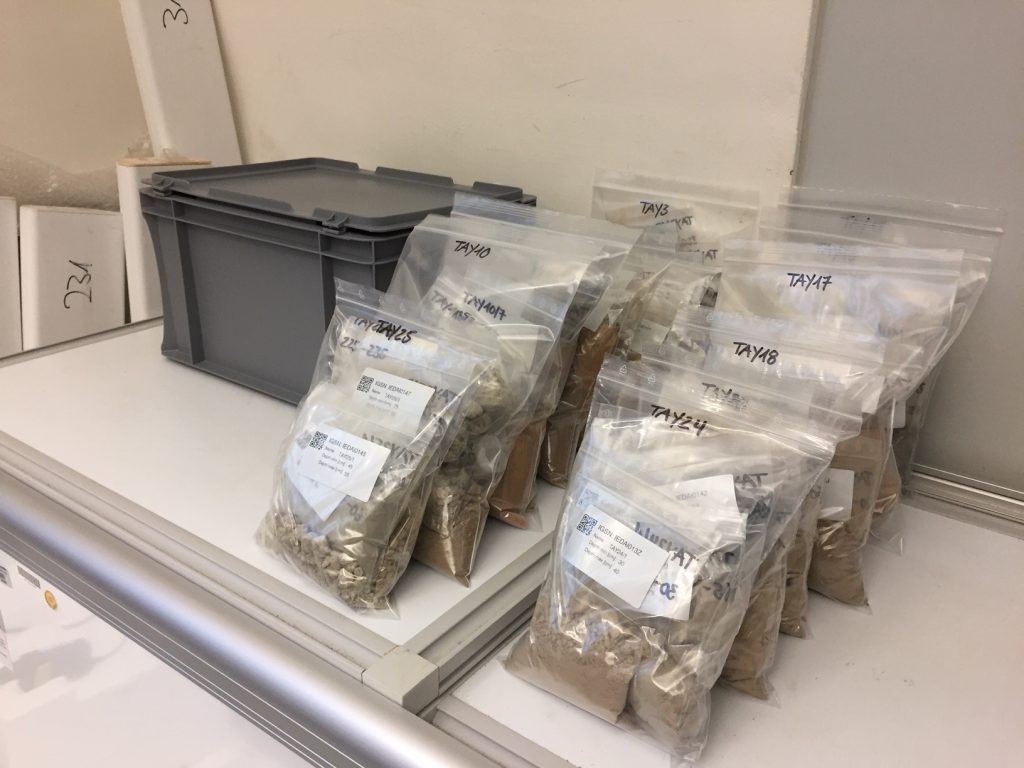Coastal research, historical landscape scenarios, and human-environment interaction
The geographer and geoarchaeologist Prof. Dr. Helmut Brückner (University of Cologne) has carried out important basic research over decades within the framework of various DAI projects at different locations, especially in the field of coastal research and the reconstruction of historical landscape scenarios, and has thus contributed significantly to the integration of historical environmental scenarios into archaeological research. The geographical spectrum covers the entire Mediterranean region, the Black Sea area, and the Arabian Peninsula. In this context, numerous drilling cores have been collected, which are an essential material base for geoarchaeological research. The cores, the samples extracted from them, and the associated research data constitute an important archive, the holdings of which have now been secured for the long term through acquisition by the DAI and transferred to a geo-archive managed by the RGK with a temporary location in Melaune (Saxony). In order to make the archive fully usable in the future, the metadata for the samples based on work reports, field books, publications, photos, etc. will be recorded and integrated into iDAI.world in the current second project phase. It is planned to develop the Brückner archive under the aegis of the RGK into a central geo-archive of the DAI in the future and to cooperate with other institutions in the process.

From 2006 to 2015, a major focus of Helmut Brückner’s and his team’s work was the coastal zone of the Pergamon microregion (Turkey) with the port cities of Elaia and Kane. Samples with sedimentary sequences from these places are an important part of the Brückner archive. To illustrate the scientific potential of the archive, a drill core from the crater lake Kara Göl on the Kara Dağ Peninsula not far from Kane was examined for pollen by L. Shumilovskikh (Göttingen). The results, which make an important contribution to the Holocene environmental history of the region, will be published in the annual preliminary report of the Pergamon excavation in Archaeologischer Anzeiger 2021/2. A pilot study is currently underway to analyze ostracodes (shell shrimps) from cores from Elaia as indicators of the humidity or dryness of the climate at different time stages (cooperation with Groundcheck project „Humidity and Society„).


Project members
Felix Pirson (DAI Istanbul)
Isabel Hohle
